In collaboration with Convergence, VOICE OF ASIA is proud to present timeless articles from the archives, reproduced digitally for your reading pleasure. Originally published in Convergence Volume 15 in 2012, we present this story on rainforests, and the ways you can lose yourself in them.
A trip to the rainforests of Malaysia is an enthralling and enchanting experience which takes you back in time. Where most of the world’s vistas are now of skyscraping concrete high rises, it is here that one can walk endlessly under a lush green canopy of trees in a forest that has stood for 130 million years. The mystical rainforest is a treasure trove for any nature lover. Thick tall tropical trees as far as the eye can see, mist and clouds covering them in the distant horizon with birds chirping, squirrels scampering and monkeys swinging from tree to tree; the whole experience makes you wonder if paradise would be any different from this.
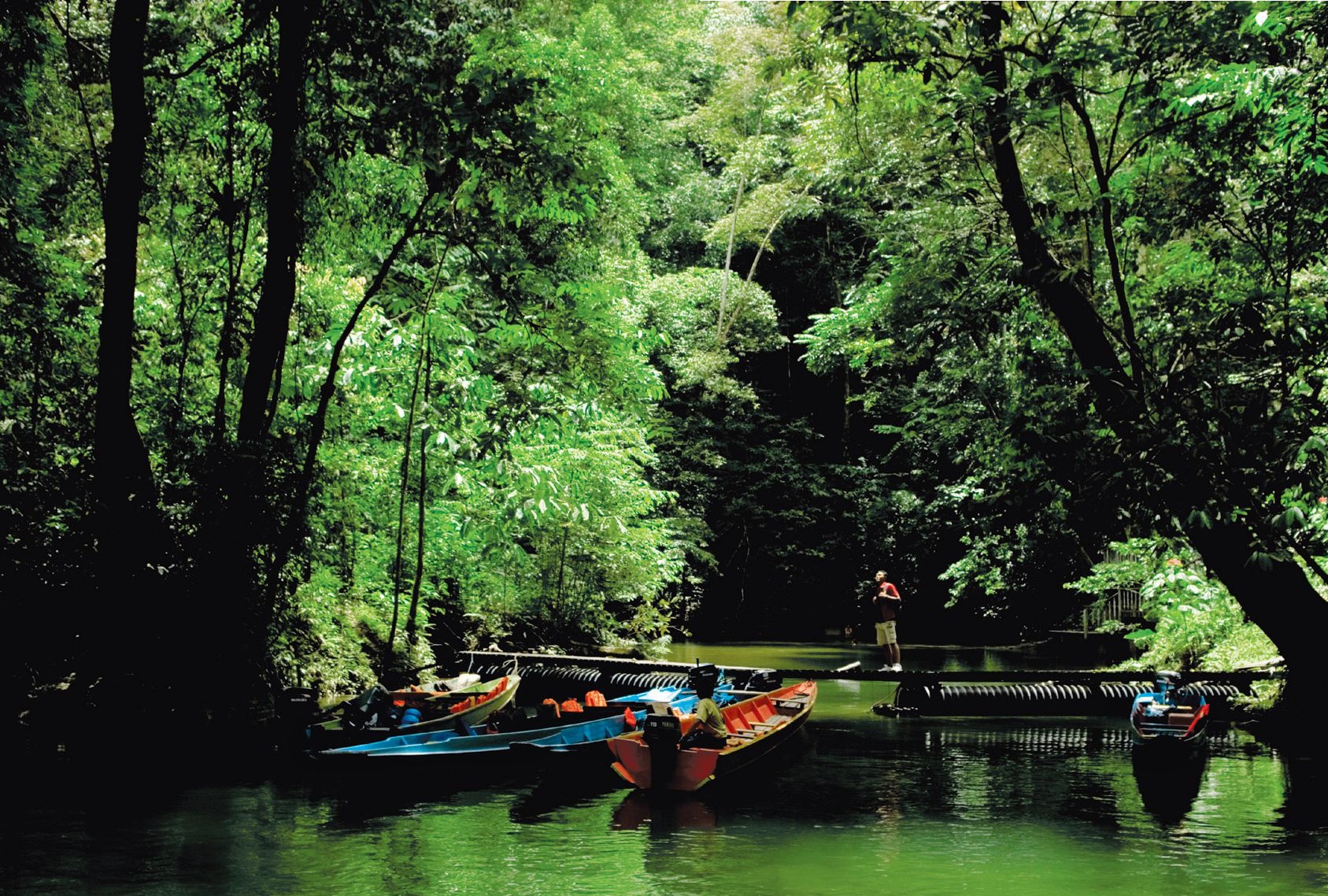
From the sea to the top of mountains, the diverse terrain of this region has led to the growth of different types of forests, comprising hundreds of species of plants and trees, and including innumerable species of birds, animals and insects.
The mangroves which stand at the threshold with their thick roots holding the mud together like giant fingers, protecting the land from erosion and the inland from the wrath of the sea, have different fauna and flora compared to the hill forests or lowland forests which have Dipterocarpus trees growing to a height of 120 feet.
Reserved for Nature
Malaysia has set aside many areas as parks and wildlife reserves to safeguard its treasures. nestled far away from the hustle and bustle of modern life, they are the perfect retreats to see nature’s best.
Straddling the borders of Kelantan, Terengganu and pahang, one such reserve – Taman negara – has a 130 million year old rainforest which is still largely unexplored. Jungle trekking is a unique experience here as it has a great variety of terrestrial creatures and monkeys as well as many species of birds. Besides trekking and unearthing the delights of the forest, one can also go kayaking on the river and camp in the jungle.

In Sabah, the crocker national park to the south of Kota Kinabalu is considered a trekker’s paradise, with its Orang Utans, gibbons, hornbills and partridges. The rafflesia – the world’s largest flower – can be found here as well. Then there is Tunku Abdul rahman park just off the shore of Kota Kinabalu, comprising five beautiful islands surrounded by South china Sea. Fauna here includes monkeys, snakes and monitor lizards, while you will also have a good chance of catching sight of the White Breasted Sea Eagle or a Green Heron. The island’s offshore reefs are filled with exotic corals and sponges.

In the Bako National Park in Sarawak, one can see the fantastic shapes that the sea has carved out of the land, in the erosion at the base of the cliffs which has sculpted the rocks into fantastic shapes. Gunung Mulu National Park on the other hand is famous for its extraordinary caves, one of which is the longest known cave passage, stretching for over two kilometres.
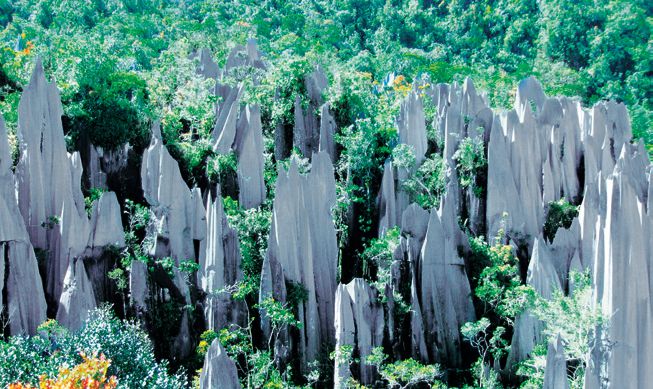
All Creatures Great…
From large mammals like tigers, elephants and rhinoceros to small and fascinating creatures like lemurs and gibbons, the animals in the Malaysian rainforest never fail to surprise because of their distinctive features and behaviour.
Given its position as the national animal, it is only fitting that we start off with the king of the Malaysian forests – namely the Malayan Tiger. Found mainly in lowland forests, it is adept at camouflage. With a body length of more than 8 feet and a weight of around 120 kilograms, this majestic ‘King of the Jungle’ with his glistening coat of orange with black stripes is magnificent in its natural habitat and catching sight of one is a tale worth passing on to generations.
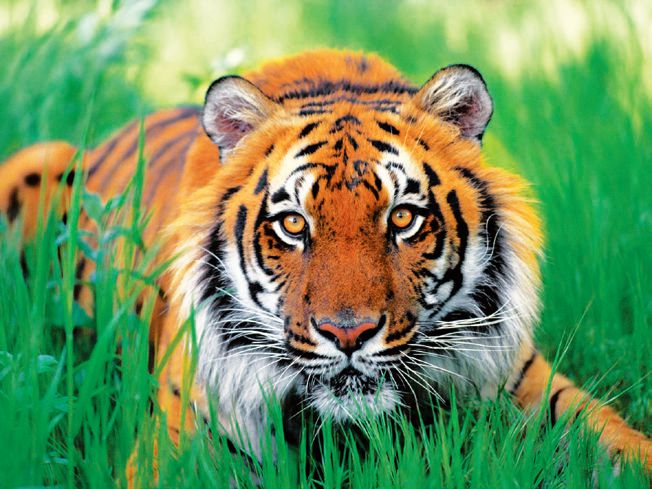
Another denizen of the rainforest is the Sumatran rhinoceros. It wallows in mud holes to cover its thick skin with mud not only to keep cool but also to protect itself from insects. It blends perfectly into its surroundings; despite weighing 500 to 800 kilograms and having a body length of around 8 feet, it is difficult to spot. But be very wary if you come across a mud pool in your trekking.
The large rainforest animals also include the Malayan Tapir, a reclusive animal with a half black and half white body that helps to camouflage it. However, with a weight of around 300 kilograms and a body length varying from 5 to 7 feet, it is hard to miss this animal even though it spends the day sleeping.
It is also common to come across herds of Gaurs or Indian Buffaloes. Around 8 to 10 feet in length, these huge animals weigh around 1,000 kilograms and have even been known to kill tigers with their two large horns.
With a weight of 5,000 kilograms and a height of almost 10 feet, the magnificent Asian elephant is the largest native of the Malaysian rainforest, yet moves easily through the jungle. if you want to get up close with these wonderful beasts, Kuala Gandah, in the state of pahang, has an elephant sanctuary housing a large number of these animals, and visitors can feed, ride and even bathe with the elephants there.
… and Small
On the other end of the scale is the Malayan Sun Bear. Whereas, bears are generally known for size, the Malaysian rainforests are home to the smallest bears in the world. Also known as Honey Bears, they barely reach 4 feet when standing on their hind legs. They have a bib shaped patch on their chest which looks like a rising sun, hence their name, and their long tongue helps them extract honey from bees’ nests. However, these adorable-looking animals have long claws so don’t get too close.

Often while walking through the rainforest, one can spot a Flying Lemur. This 3-foot long creature lives in tree hollows and can glide to a distance of almost 100 metres, using a patagium, a special membrane which connects its limbs to its tail and functions as a wing for gliding.
A nocturnal animal unique to the rainforest, the pangolin has a body covered with hardened plates like scales and when it is not climbing trees or digging in search of food it curls up in the shape of a ball or a pine cone.

Another nocturnal mammal is the civet. it has a cat-like body but an extended and pointed muzzle like a fox, with a body length of 17 to 28 inches and a weight which ranges from 1.4 to 4.5 kilograms. It often climbs onto roofs of houses at night making strange noises to disturb the residents. It is also the source of musk for the perfume industry.
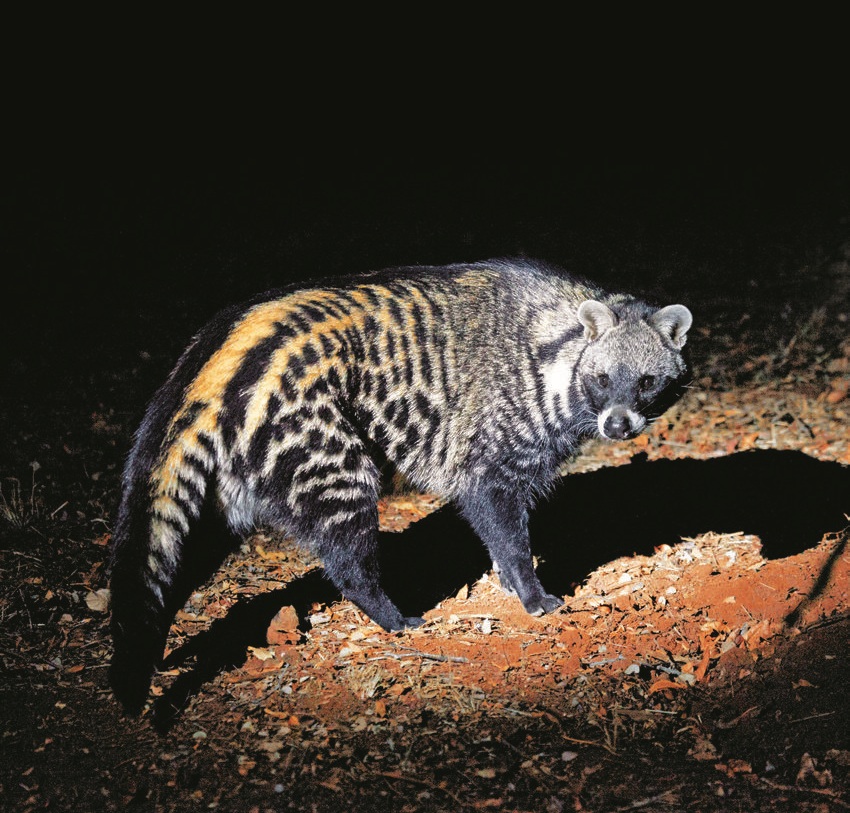
Fossil remains of animals similar in appearance to a mouse deer have been dated back to prehistoric times, so for some 3.4 million years the mouse deer has been roaming the forest floor. The subject of many myths and legends, this small but hardy beast looks a little like a deer and a little like a rodent. It is also a relatively small animal weighing ranging from 5 to 8 kilograms and a head to body length of 27 to 29 inches.
The Swinging Wildlife
In the rainforest, think before you call the animal hanging out in the trees ‘a monkey’. it could be an Orang Utan, a proboscis Monkey, a Long Tailed Macaque, a White Handed Gibbon, Agile Gibbon, Siamang, Slow Loris or a Western Tarsier, each of which has its own distinctive features.

The larger Orang Utans (which are actually apes and not monkeys) can weigh anywhere between 70 to 90 kilograms and be between 4 to 6 feet tall. They spend most of their time on forest canopies brachiating from tree to tree, and are also known to use tools to dig out insects and break seeds. Genetically they are close to humans and even their name ’Orang Utan’ means ‘Man of the Forest’ in Malay.
The Proboscis Monkey derives its name from its long nose or proboscis. It is endemic to the island of Borneo and is found in coastal areas and along rivers. It is in this region that one can often hear the male and female of this species singing a duet, a behaviour unique to this species. The proboscis is a primitive monkey species with a unique digestive system that results in them having distinctive pot-bellies.
Another type of monkey but much smaller in size is the long tailed Macaque. As its name suggests, its distinctive feature is its long tail. This active and very agile creature is found in a wide range of habitat and is known to be an excellent swimmer. They travel in troupes and are known for their chattering.
In the Air and the Sea
No trip to a Malaysian rainforest is complete without a visit to a bat cave and Malaysia is home to more than 100 species of bats. During the day the bats hide deep in their caves but at night they come out in search of insects and fruits. it is their collective exit just before sunset which is worth watching. Millions of bats hover at the entrance of their cave, and then all of them move together like a rippling black sheet in the sky in the quest of food.
With more than 100 species of birds found in Malaysia, the rainforests are the ultimate destination for any birdwatcher. Some of the best known are the Hornbills, Kingfishers, Woodpeckers, and a host of migratory birds. Hornbills are characterised by a long curved-down bill which is often brightly coloured, and a strong neck. If one happens to be at pos chiang between August to September on what remains of the Temengor forest reserve in perak, one can witness some 3000 hornbills coming together from three directions at certain times, a scene unparalleled and memorable.
The rainforests are also blessed with a large variety of colourful butterflies. From a painted Jezebel to a Blue Jay to the Rajah Brooke, there are more than 160 species of colourful and intricately patterned butterflies fluttering around.
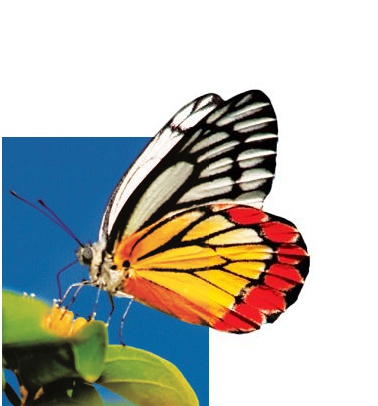
Then there are the insects. Their number is countless, their variety legion in the Malaysian rainforest. From the chatter of cicadas marking their territory to millipedes scurrying about the leaf litter – it is this farrago of insect noise which gives the rainforest its distinctive sound.
The seas which abut the rainforests have more than eighteen species of turtles, including the famous Leatherback Turtle with its tear shaped body and thick leathery oily skin, now sadly becoming a rarity. Green and rare Hawksbill turtles can be seen in the Satang Turtle island national park, lumbering slowly up the sand to lay their eggs before returning to the sea.

Ideal weather conditions and location near the equator have for millions of years given the Malaysian rainforests an advantage over the other rainforests in Africa and South America. Even during the ice ages when the rest of the world was frozen, the Malaysian Rainforests were green and blooming. Two thirds of the country is still covered with forest and with the Government making extensive conservation efforts, the Malaysian rainforests will continue to flourish for millions of years to come; and Malaysia will continue to be referred to as the ‘Grandmother of Rainforests’.



